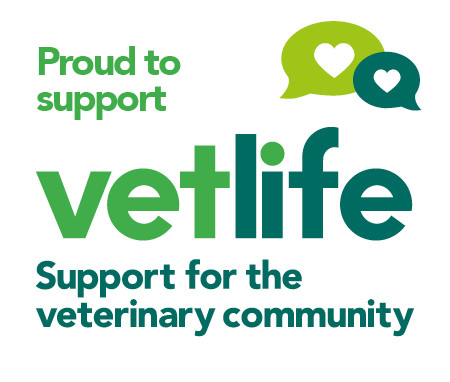Bluetongue Virus Information
Species affected – All ruminants and camelids
Occurred last in Great Britain – Present
Click here to visit the Defra page which contains more information on this disease.
Following the Northern European outbreak in 2006-9, here is a reminder of the disease, clinical experience abroad and of the UK's plans.
BTV characteristics/epidemiology
- Ds RNA Orbivirus, 25 serotypes, causes vasculitis and often severe disease (OIE List A)
- Viraemia typically 3-5 days, but can persist for 30-60 days (sheep) or up to 100 days (cattle) which may enable overwintering and recrudescence.
- Transmission reliant on vector midge (Culicoides spp) or injection. No spread via meat, minor spread via germplasm.
- Outbreaks of two serotypes in Northern Europe, both involving novel species of Culicoides, have occurred much further north than previously, with the potential for future outbreaks
- There may be wildlife hosts
Top
Clinical Picture and Differential Diagnosis in Cattle and Sheep
The disease is the result of primary vascular damage. There are no zoonotic implications. Disease can be from inapparent through to mild or severe. There is variability in species and breed susceptibility. Experience in Holland generally was of low morbidity and mortality, although in sheep deaths could reach 12%, and case fatality up to 50%.
SHEEP - Clinical signs reported in sheep were foamy salivation, swollen face, ulcerations in the mouth (not particularly severe), bottle jaw, purple-red mucous membranes and wool slip. Fever is likely to be present initially, but may subside at the time clinical signs are observed. The presence of a blue tongue was considered to be unusual. Lameness due to a coronitis was also described leading to permanent lameness. Necrosis of striated muscle was also described. Differential diagnosis in sheep was orf, photosensitisation and haemonchosis (bottle jaw - note no pallor / anaemia in bluetongue). Also in lambs, milk allergy and B12 deficiency.
CATTLE - Lesions on teats, lacrimation and inflammation of the nares / muzzle were described, as well as salivation. Cattle were reported to dip their noses in water (not to drink) -perhaps a way of reducing pain. Swelling of legs and feet, with coronitis and marked lameness has been seen. Differential diagnoses considered were foot and mouth disease and malignant catarrhal fever (note no corneal lesions in bluetongue, although corneal oedema- ‘blue eye’- was described in young calves born to dams that were viraemic during pregnancy). ‘Dummy calves’ with hydranencephaly were described in Europe and England.
GOATS - No clinical signs were described in goats in Holland, nor in the novel serotype (BTV 25, Toggenburg Orbivirus) in Switzerland.
UK Response
- Ongoing voluntary vaccination policy in England and Wales; voluntary from 2010 in Scotland: see BVA web pages www.bva.co.uk/atoz/bluetongue.aspx, www.bva.co.uk/public/documents/nfu_bluetongue_poster.pdf
- Post-import surveillance (UK Protection Zone is currently confluent with mainland Europe)
- Report cases: if you suspect bluetongue, it must be reported to your local Animal Health Office
- Increased intensity winter surveillance 2009
- Post-mortem monitoring of young ruminants (VLA and SAC)
There is no evidence currently of BTV circulation in GB, and low numbers of reported cases in mainland Europe (in the low hundreds). The risk of spread to the UK by windborne spread is low, and by import of infected animals, which is higher.
- The advice from BCVA, in line with BVA , Defra and industry, is to continue to promote vaccination against BTV8 as widely as possible to minimise the numbers of susceptible animals present
Further information
See the following web pages for more details:
European legislation www.ec.europa.eu/food/animal/diseases/controlmeasures/bluetongue_en.htm
BVA pages www.bva.co.uk/atoz/bluetongue.aspx
Useful background with links to many sites www.bluetonguevirus.org






